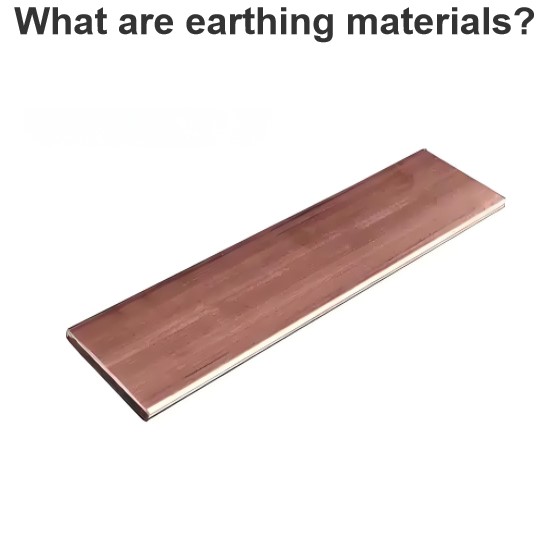Quantum Numbers
The quantum numbers are basically represents the address of an electrons in atom. These quantum numbers represent the location, energy level and spin of electron in atom. These quantum numbers are useful for representing the electron configuration. Quantum numbers are of four types –
Principal quantum number (n)
Orbital or Azimuthal quantum number (l)
Magnetic quantum number (m or ml)
Spin magnetic quantum number (ms)
Principal Quantum Number (n)
Principal quantum number of an electron represents the main energy level or shell or orbit to which the electron belongs. It is represented by ‘n’. It has integral values i.e. 1, 2, 3, 4, ……etc. Principal quantum number is used in Bohr and Summer field atomic model.
The electrons having principal quantum number, are associated with same energy levels (shells). These energy levels are denoted by the letters K, L, M, N, ……. etc. For different energy level (shells) the value of “Principal quantum Number ‘n’ and maximum number of electrons associate with different energy levels are given in table below-
| Sl. No. | Energy level or Orbit (shell) | Principal quantum number ‘n’ | Maximum Number of electrons (2n2) |
| 1 | K | 1 | 2×12=2 |
| 2 | L | 2 | 2×22=8 |
| 3 | M | 3 | 2×32=18 |
| 4 | N | 4 | 2×42=32 |
As the quantum number of a shell increase the distance of shell increase. Therefore, the shells are having different energy levels which decreases with increase of quantum number.
Orbital or Azimuth Quantum Number (l)
Orbital or azimuth quantum number represents the subshell of orbital to which the electron is associated. The each main shell (energy level) is subdivided into sub energy levels/subshells.
These subshell are also called orbitals. These subshell /orbitals are designated by s, p, d, f, ……. etc. with corresponding orbital quantum number l = 1, 2, 3, 4……etc. The number subshells is any main shell is equal to principal quantum number ‘n’. The capacity of any main shell can be determined by adding the electron capacity of subshells. The capacity of subshells are given in table below-
| Sl. No. | Subshell | Quantum number (l) | Electron capacity of subshell 2(2l + 1) |
| 1 | s | 1 | 2(2 × 0 + 1)=2 |
| 2 | p | 2 | 2(2 × 1 + 1)=6 |
| 3 | d | 3 | 2(2 × 2 + 1)=10 |
| 4 | f | 4 | 2(2 × 3 + 1)=14 |
The orbital or azimuth quantum number represents the angular momentum and possible shape of orbital to which the electron is associated. For Example: for orbital quantum number, l = 0, the value of angular momentum is zero and shape of orbital is straight line with zero angular momentum is. For l = 1, shape of orbital is an ellipse with some non-zero value of angular momentum. For l = 2, shape of orbital is rounder ellipse with more value of angular momentum.
For different values of orbital or azimuth quantum number, the shape of orbitals is shown in table below-
In electron configuration, the principal quantum number is stated just before the letter and the number of electrons with same orbital quantum number is represented as superscript of letter. For example: If an atom is having 6 electrons with principal quantum number 2 in subshell of ‘p’. Then in electron configuration it will be denoted as’2p6‘.
Magnetic Quantum Number (m or ml)
The magnetic quantum number (ml) represents the orbitals of a given subshell. For a given value of l, the value of magnetic quantum number (ml) ranges form – l to + l. For example, for p-subshell, the value of ml will be, ml = – 1, 0, + 1. The orbitals are represented as px, py and pz. Where, the subscript represents the direction of axis of rotation. For given value of l, there are 2l + 1 possible values of ml. The shell with principal quantum number of ‘n’, has n2 orbitals in that shell (energy level). For subshells the number of possible orbitals and magnetic quantum numbers are given in table below-
| Subshell | Orbital or Azimuthal quantum number (l) | Number of Orbital 3l + 1 |
Magnetic quantum number (m or ml) |
| s | 0 | 1 | 0 |
| p | 1 | 3(px, py, pz) | -1, 0, + 1 |
| d | 2 | 5 (dx2-y2, dz2, dxy, dxz, dyz) | – 2, -1, 0, + 1, + 2 |
| f | 3 | 7(fz3, fxz2,fxyz, fx(x2-3y2), fyz2, fz(x2-y2), fy(3x2-y2)) | -3, – 2, – 1, 0, + 1, + 2, + 3 |
Spin Magnetic Quantum Number (ms)
As the earth revolve around the sun and rotates about it axis, in similar way the electrons in atom revolves around nucleus and rotates about its axis which is called ‘Spin’ of electron. The direction of rotation (spin) of electrons about it axis is represented by “Spin magnetic quantum number”. This quantum number does not affects the energy level of electrons. The “Spin magnetic quantum number”can only have one value either + 1/2 or – 1/2. In general, the electron with ms = + 1/2 is called an alpha electron, and electron with ms = – 1/2, is called beta electron. No two paired electrons can have same spin value.
Statement: Respect the original, good articles worth sharing, if there is infringement please contact delete.
Electrical4U is dedicated to the teaching and sharing of all things related to electrical and electronics engineering.













